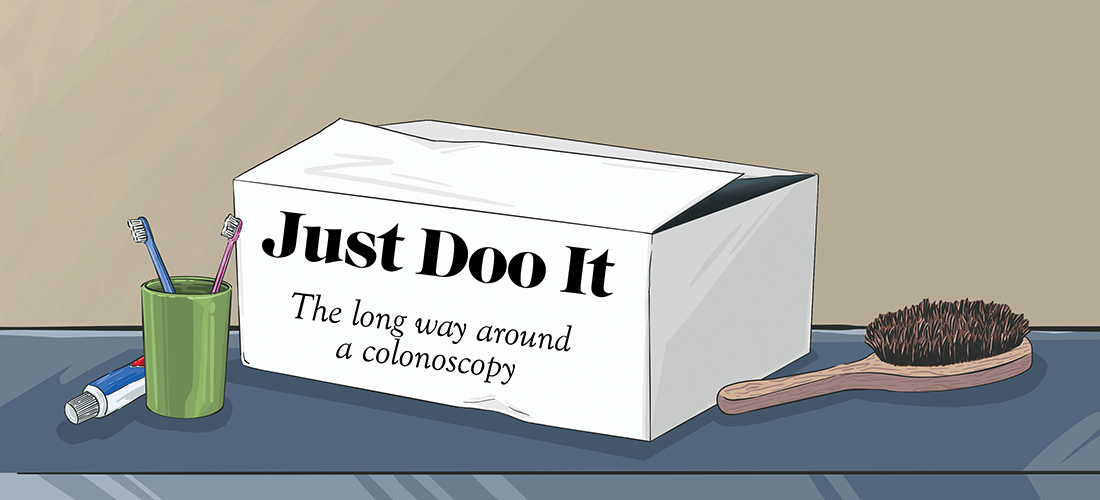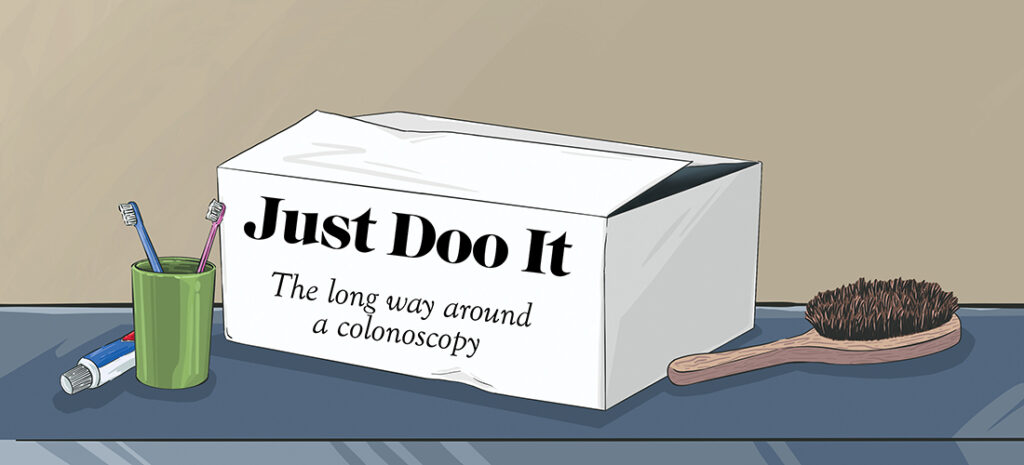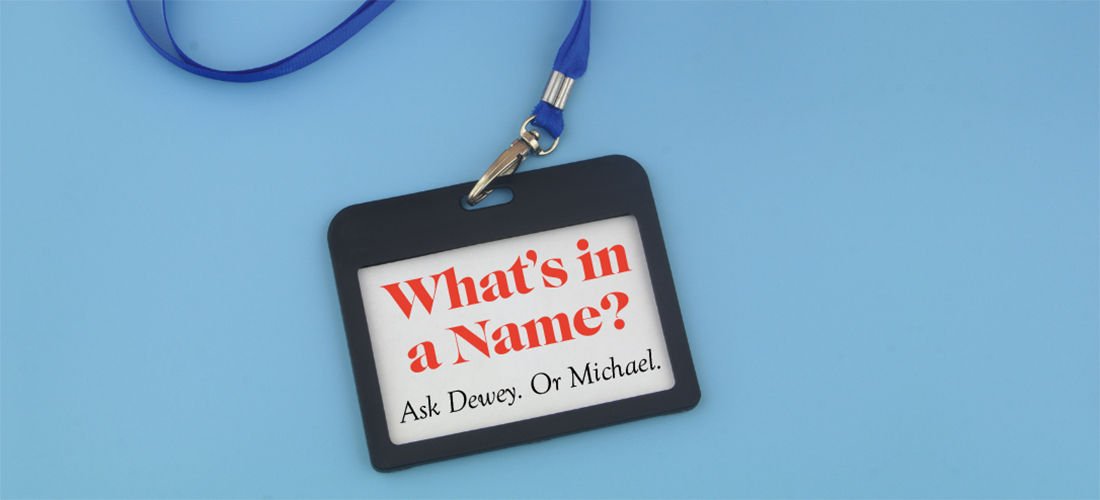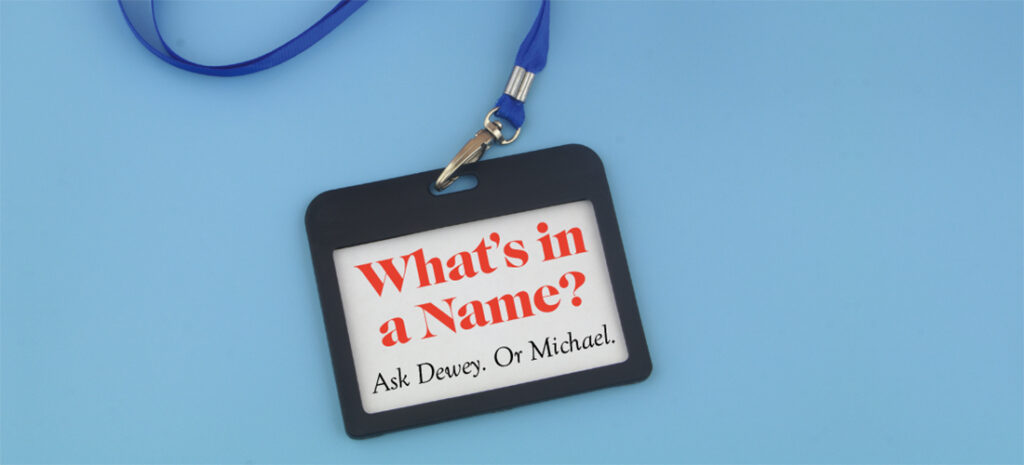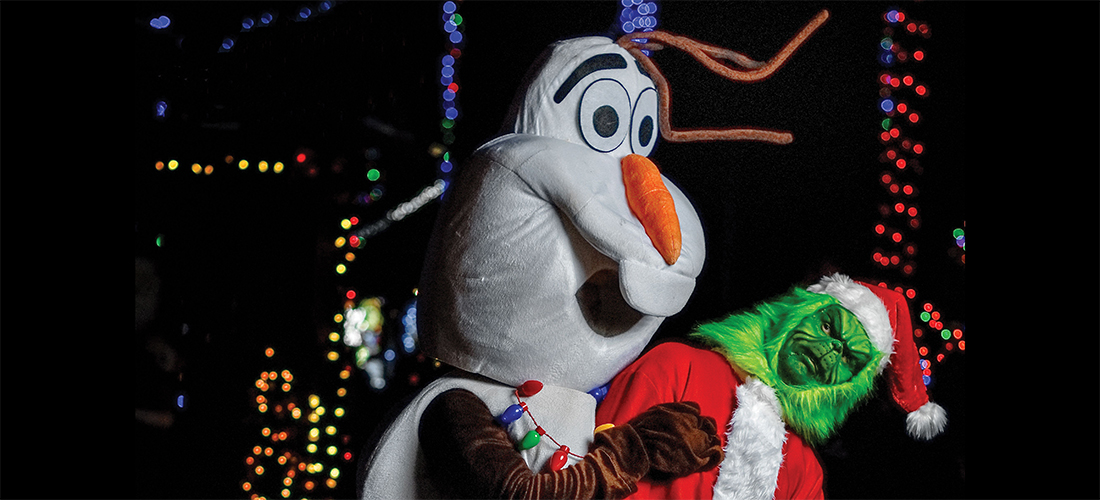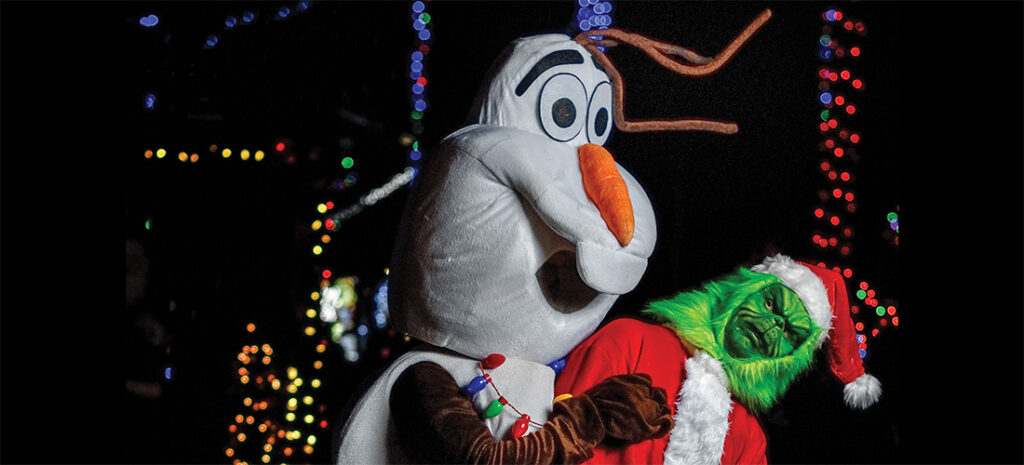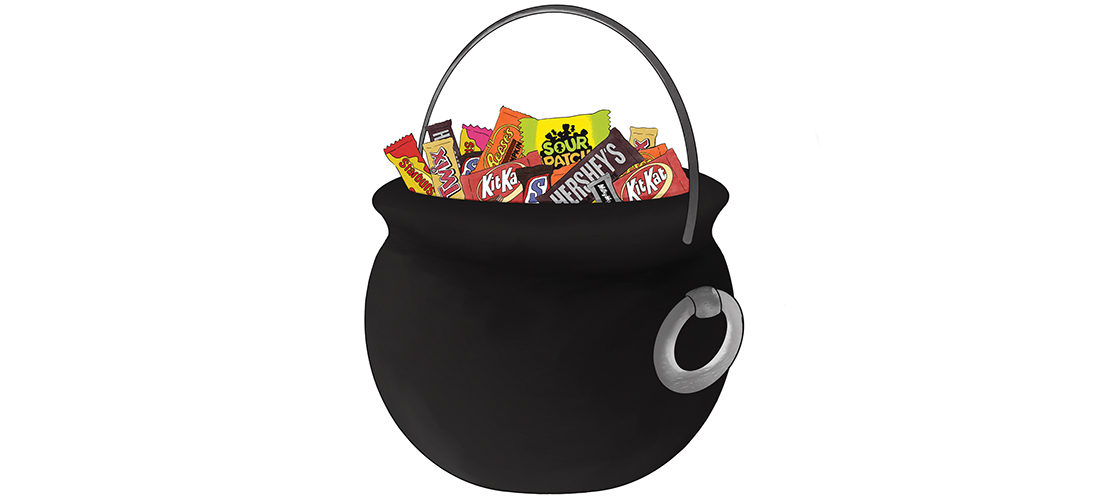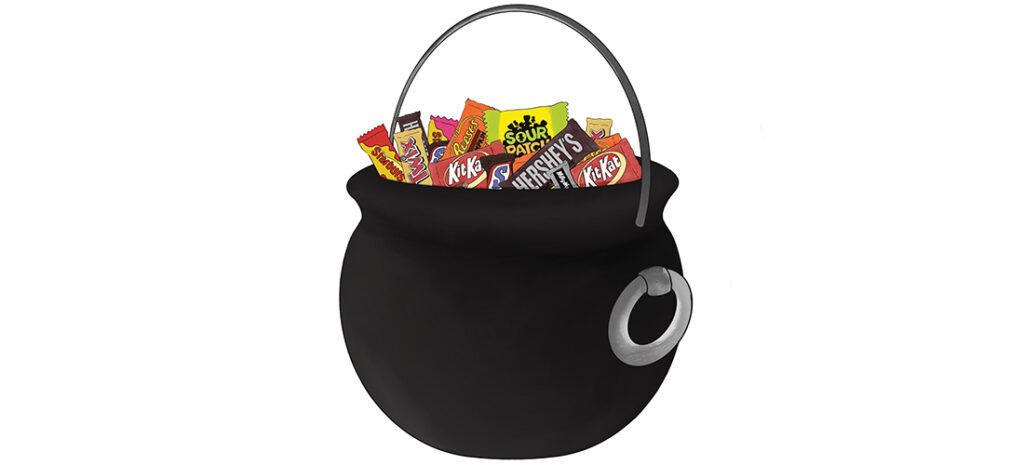Life’s Funny
Life’s Funny

Smoothing out the Ruff Spots
Who’s training whom?
By Maria Johnson
Witness this exchange between two domestic partners:
Partner One really wants something, and pulls hard in that direction.
Partner Two, natch, pulls in the opposite direction.
This ticks off Partner One, who doubles down and lurches the other way.
Which prompts me — I mean Partner Two — to throw her entire weight the other way. And also to call Partner One a pig-headed so-and-so.
Finally, the trigger passes and things calm down, but both parties feel bruised and out of sorts.
This has been happening between me and our dog, Millie, for some time.
She also has been pulling like a sled dog during walks with my husband.
We need help.
We are not alone, as it turns out. Twenty of us gather one Saturday morning at Brad Howell’s downtown Greensboro business, Red Beard Dog Training.
We have two things in common: All of us yearn for more enjoyable walks with our canine companions, and all of us have left our pups at home, per Brad’s instruction.
This is owner training.
First clue.
We are all ears as Brad — yes, he has a red beard — begins a class called Leash Connections.
Assisting him is his human co-worker, Rylee, along with Brad’s pit bull mix, Dexter.
Brad rescued Dexter — a.k.a. Sexy Dexy — from the SPCA 10 years ago to help him with his blossoming dog-training business.
Brad already knew a fair bit about animals. He grew up on a farm outside of Asheville, spending much of his time helping to raise beef cattle and playing baseball. Still active in adult leagues, he retains a casual athletic bearing.
On the day we go for training, he walks around the room barefoot, dressed in a T-shirt and basketball shorts, as he lays out the cold truth: Your relationship with your dog might never be what you thought it was going to be.
They’re their own creature.
So are you. Each of you comes with your own inclinations and experiences.
“You try to do the best you can for yourself and your dog, for your relationship,” he explains.
That includes what riles them, what soothes them and what they need to be happy. If your pup needs a lot of physical activity, it’s your job to give it to them.
It’s also your responsibility to buffer their stressors. Watch for raised hackles and tucked tails.
“You gotta know the animal you’re with,” Brad urges. “Don’t put your dog in a situation that you can tell, from watching their body language, they wouldn’t make.”
Another key: rewarding the slightest improvement in problem behavior.
“We’re looking for baby steps,” Brad says. “I’m gonna brag on my dog as soon as she gives me a reason to.”
Sexy Dexy demonstrates by walking, on a slack leash, to the left and slightly behind Brad.
“He’s probably looking pretty hard at my treat pouch,” Brad says, smiling.
Indeed, Dexy is staring a hole in the small plastic box belted to Brad’s left hip.
His patience pays off. He snags a nibble of kibble and a hearty “Yes!”
In Brad’s world, positive reinforcement is a valuable tool.
So are negative consequences — and giving dogs enough time and consistency to figure them out.
Brad passes around a slip lead, similar to the looped cords that veterinarians often use as leashes.
He invites us to place the loop over one wrist, pull the cord with the other hand and see how little pressure it takes to feel uncomfortable.
Playing the role of unruly pooch, Rylee offers her wrist for a demo.
If she pulls, she feels the pressure.
If she wants to relieve the pressure, she has to step toward Brad. He doesn’t need to yank the cord. He just needs to stand firm. Rylee is in control of how much pressure she feels.
What if she continues to pull?
Brad’s next move seems counterintuitive. He steps toward Rylee, giving her slack.
If Rylee lurches again, she’ll feel pressure again, proportionate to how hard she pulls.
“I want them to control the level of consequence they get,” he explains.
With enough reps, Brad assures us, even the most stubborn pup will understand that she is causing a large part of her own discomfort — and she has the power to relieve it.
The room glows with imaginary light bulbs switching on over human heads.
Later, at home, we try a slip lead with Millie, our wee, atomic-powered hound.
She catches on quickly.
We are the slackers who miss chances to reward her when she does something right. We struggle to stay calm and consistent when she lunges.
It would be so much easier to point the paw at her.
But it’s increasingly clear that Millie will change her behavior if we change, too, by embracing the gospel according to Brad.
Trainer, train thyself. OH
Maria Johnson is a contributing editor of O.Henry magazine. Email her at ohenrymaria@gmail.com.


